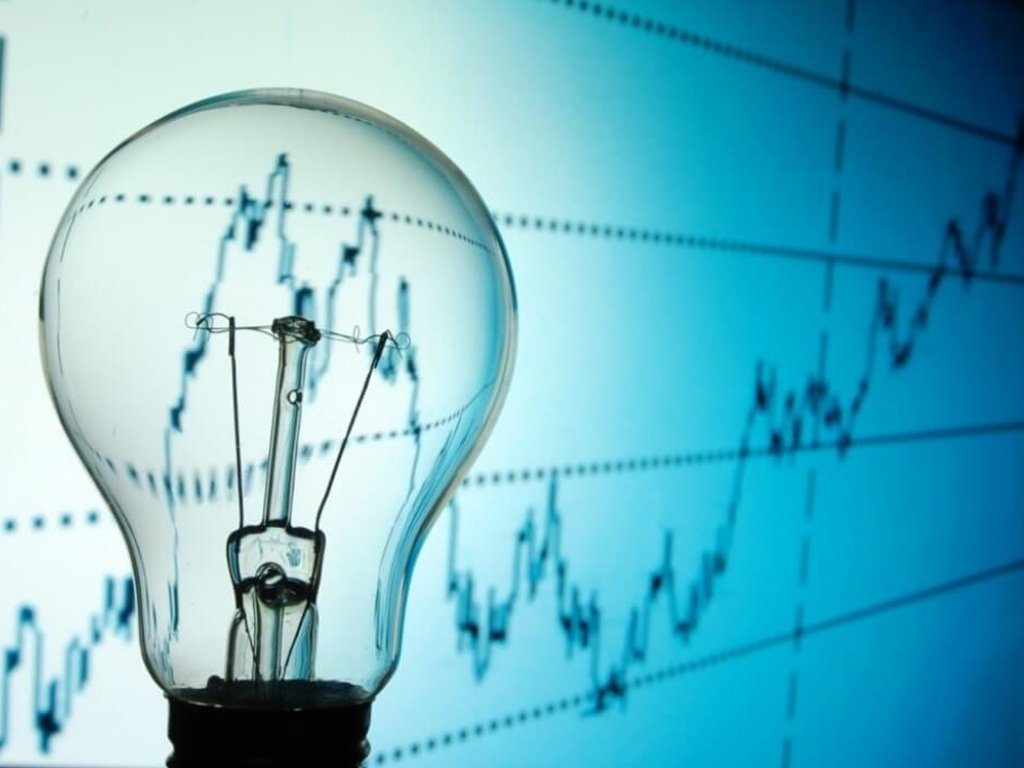Monitoring your electricity usage is essential for managing energy costs effectively. Understanding how electricity pricing works, including whether it’s cheaper at night, can help you optimize your consumption and reduce bills. Here’s a guide to monitoring your electricity usage and figuring out if night-time rates are lower.
1. Use Smart Meters to Track Usage
A smart meter is an essential tool for monitoring real-time electricity usage. It automatically records your energy consumption and sends the data to your supplier. This allows you to:
- Track how much electricity you’re using at any given time.
- Get detailed information on peak and off-peak usage.
- Identify areas where energy savings can be made.
With smart meters, you can view your daily and monthly energy use, giving you a clearer picture of when you’re consuming the most electricity.
2. Check Your Electricity Tariff
Electricity tariffs vary depending on the type of plan you’re on. Some suppliers offer different pricing based on the time of day. Here are some types of tariffs you might encounter:
- Flat-rate Tariffs: One price for electricity, regardless of when it’s used.
- Time-of-Use Tariffs: Prices vary depending on when you use electricity.
- Daytime (Peak) Rates: Higher prices during high-demand hours, typically from 9 am to 6 pm.
- Night-time (Off-Peak) Rates: Lower prices during low-demand hours, usually at night or early morning.
If your supplier offers a time-of-use tariff, then yes, electricity is typically cheaper at night.
3. Take Advantage of Off-Peak Hours
If your supplier offers cheaper rates during the night or off-peak periods, try to shift high-energy activities (like running appliances, washing machines, or charging electric vehicles) to these times.
- Night-time Usage: You may find that using electricity after 10 pm or during the early morning hours (depending on your tariff) results in significant savings.
- Weekends and Holidays: Some suppliers also offer lower rates during weekends or public holidays, so plan accordingly.
4. Monitor and Adjust Your Habits
By using energy-efficient appliances and adapting your daily routine to avoid peak usage hours, you can reduce your overall electricity consumption. Consider:
- Using programmable timers: Set devices like water heaters or dishwashers to run during off-peak hours.
- Energy-efficient appliances: Use appliances that are designed to consume less power, especially during peak times.
5. Use Energy Management Systems (EMS)
For businesses, an energy management system (EMS) helps to monitor and control electricity usage across multiple devices. It provides detailed insights into how energy is being used, allowing you to adjust settings for efficiency. Some EMS solutions also allow you to schedule high-energy tasks during off-peak hours, optimizing energy consumption and reducing costs.
6. Compare Your Bill with Off-Peak Savings
To fully understand if electricity is cheaper at night for you, review your electricity bill. Check how much you’ve used during peak and off-peak hours and compare costs.
- Time-of-Use Discounts: If you’re on a time-of-use tariff, verify whether the savings from off-peak usage are noticeable on your bill.
- Alternative Pricing Plans: If your current tariff doesn’t offer significant savings at night, explore other plans that may better suit your needs.
7. Consider the Impact of Energy Storage
For businesses or homeowners with solar panels, you can use batteries to store excess solar energy generated during the day for use at night. This reduces reliance on grid electricity during peak hours, saving money while ensuring a constant energy supply.
Conclusion
Electricity is often cheaper at night for those on time-of-use tariffs, but the amount you save depends on your usage patterns and the plan you’re on. By monitoring your electricity consumption, adjusting usage habits, and taking advantage of off-peak rates, you can save money on your energy bills. Whether you use smart meters, off-peak energy tariffs, or EMS systems, the key to saving is being aware of when and how much energy you use.

